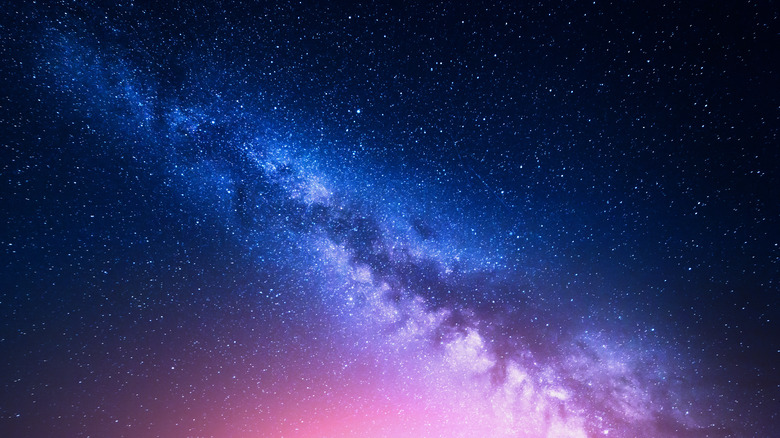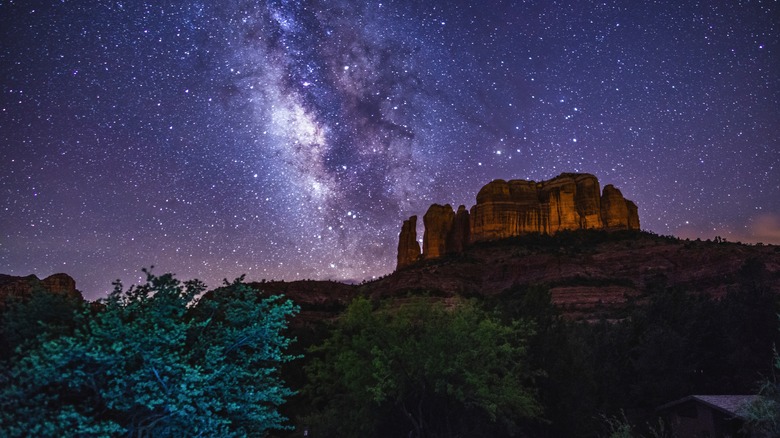We may receive a commission on purchases made from links.
Humans have been gazing at the night sky, trying to figure out its mysteries since the dawn of civilization. Ancient Greek and Egyptian stargazers used rudimentary tools to create star maps and identify the patterns that continue to weave through mythology and drive astrology. Early scholars like Ptolemy and Hipparchus took a scientific approach to stargazing, applying mathematical principles to track constellations. In medieval times, monasteries throughout Europe featured observatories where monks-in-residence could study the celestial skies. By the mid-20th century, humans were hurtling through space in an effort to land on the moon — a feat U.S. astronaut Neil Armstrong accomplished in 1969. But still, we’re mesmerized by the great beyond, gazing in wonder at the night sky and searching the heavens for constellations while astronomers build stronger telescopes and smarter robotics to extend the reach of our vision.
Unfortunately for those of us who live in or near urban centers, light pollution — a byproduct of the man-made light that illuminates dark parking lots and makes it safer to navigate winding roads at night — is inadvertently stealing the darkness, making it increasingly difficult to see the twinkle of stars above. Fortunately, there are still places around the world where light pollution does not infiltrate the night sky. Most of them are remote, far away from civilization and man-made light. Some, like Sedona, Arizona, are well-populated communities where residents are making an intentional effort to preserve the night sky. The result? Sedona is one of the top stargazing destinations in the United States. It’s also a hiker’s paradise.
Sedona is a dark sky community
The best ways to view Sedona’s night sky
Located about a mile and a half from downtown Sedona, Thunder Mountain Trailhead is a popular gathering spot to watch the sunset. Insider tip: Many Sedona restaurants will pack to go, including everything you need for a sunset tailgate — as long as you give them a heads-up. Stick around for a while after dark to watch a blanket of stars fill the sky. Getting to Baldwin Trailhead involves more of a trek, but the payoff is a stunning view of Cathedral Rock against a backdrop of the night sky. A bonus: Cathedral Rock is considered one of Sedona’s major vortices — places where Earth’s energy is believed to be infused with healing powers. If your prefer stargazing with a side of expert insight, consider a guided tour. A number of local companies offer jeep tours to premium viewing spots in the desert in the company of an astronomer.
If, after gazing at the night sky in Sedona, you’re intrigued by the idea of zooming in on the celestial landscape, head to nearby Lowell Observatory in Flagstaff, Arizona, a small town near the Grand Canyon with a ton of retro charm (made famous by a mention in the iconic 1946 song “Get Your Kicks on Route 66”). An all-day pass to the observatory, about 30 miles north of Sedona, includes access to the Dark Sky Planetarium, in addition to tours, exhibits, and stargazing. “Living here, it’s hard to imagine how many millions of people who live in light polluted cities can’t even see individual bright stars,” Dr. Stephen Leshin, an amateur astronomer who vacations in Sedona, told DarkSky International in 2014.




